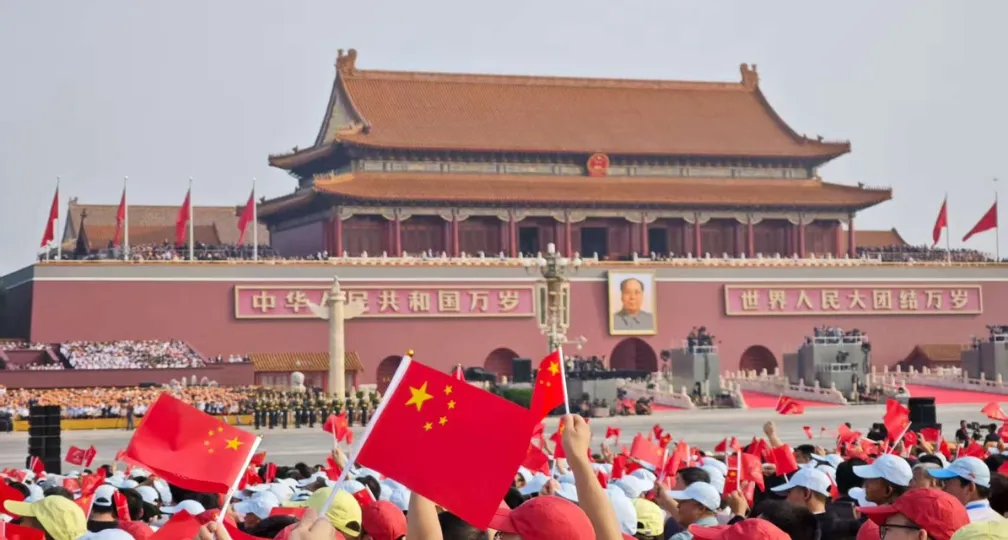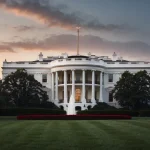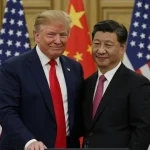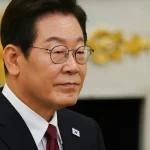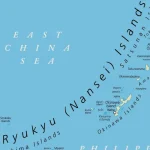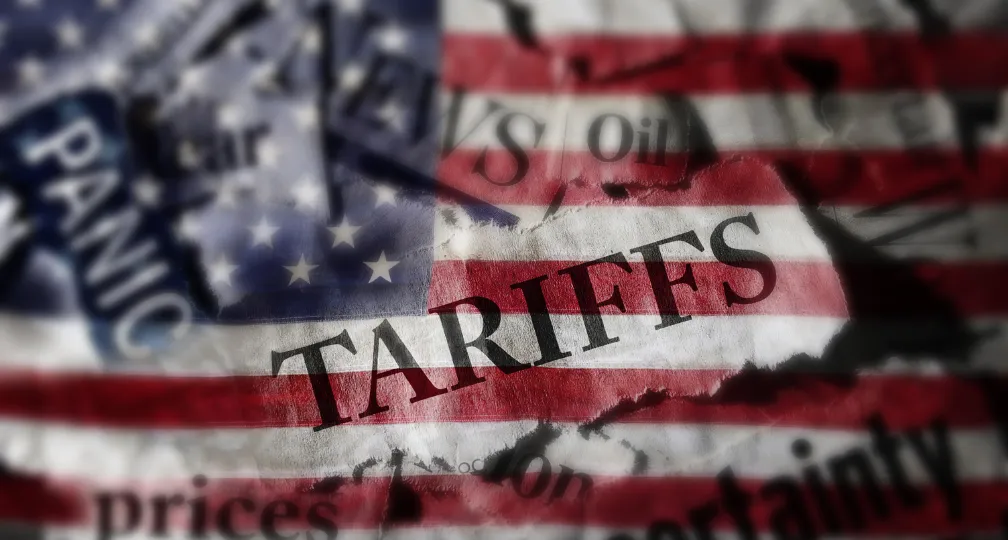From Threats to Substance: Decoding India-US Relations
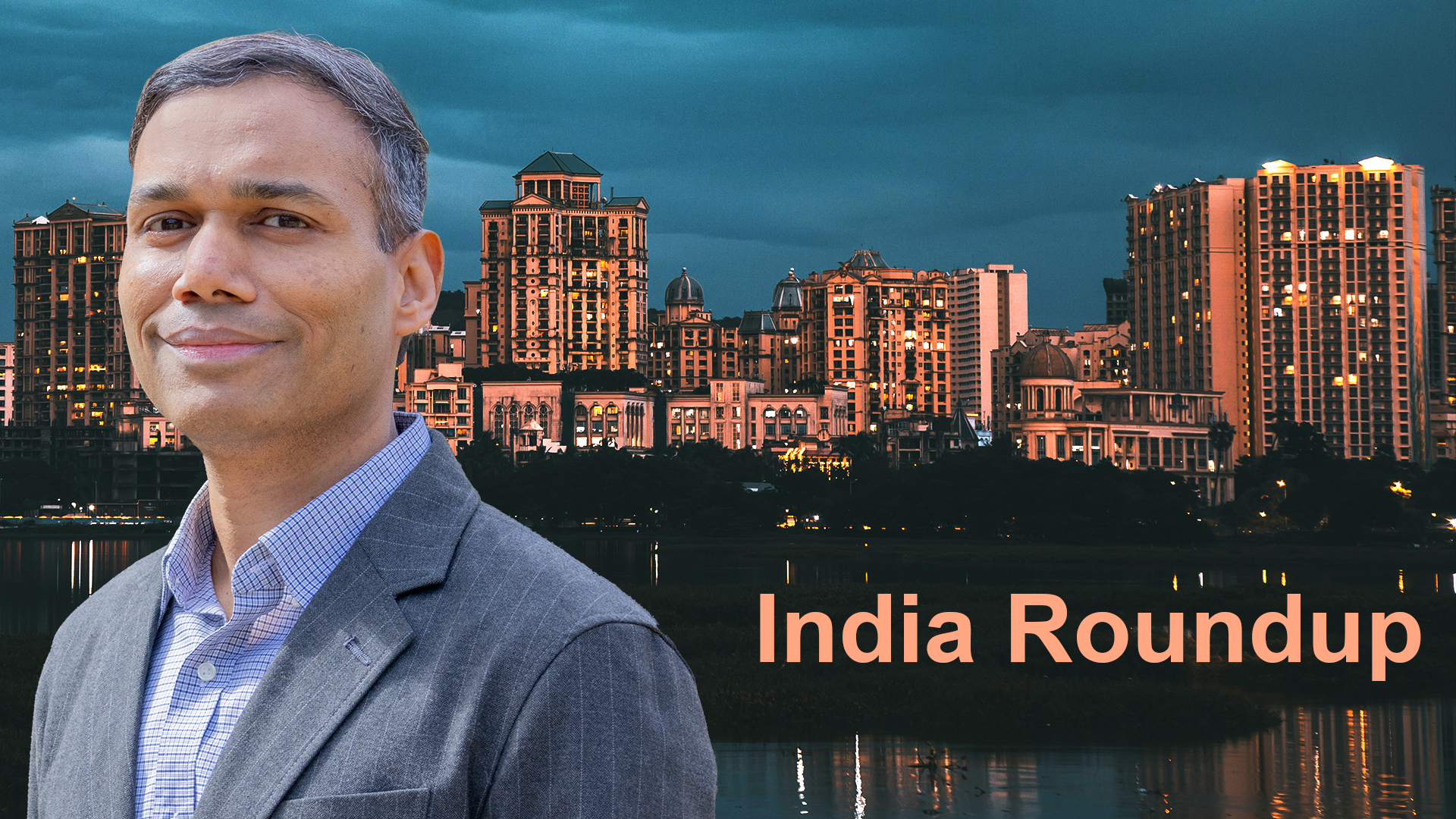
The disruptions have already begun to manifest: order cancellations, contract renegotiations, and sectoral dislocations are emerging across textiles, gems, chemicals, and electronics manufacturing. Exemptions granted to multinational firms -- most notably Apple’s India-made products -- mitigate some effects but leave widespread uncertainty intact. Meanwhile, foreign direct investment under “China Plus One” strategies is shaky, and some smaller contract manufacturers are considering shifting operations to jurisdictions with more favorable tariff regimes.
Behind-the-scenes negotiations continue, even as public posturing escalates. India has made clear it will protect its agriculture and dairy sectors, significantly narrowing the prospect of full market access -- especially for US agricultural exports. The near-term focus for investors and strategic analysts lies on three variables: the scope of tariff imposition and exemptions, India’s willingness to offer reciprocal concessions, and potential re-pricing of India’s sovereign risk premium.
1. The Black Swan Shock
India was taken aback when, in a July 30th post on Truth Social, U.S. President Donald Trump publicly labeled India a “dead economy,” alleging that both India and Russia could “take their dead economies down together” and criticizing India’s notoriously “strenuous and obnoxious” non-monetary trade barrier.
That initial salvo was swiftly followed by a more aggressive escalation. Just days later, Trump announced a 25 percent“reciprocal” tariff on Indian imports, then compounded the shock by threatening (or potentially enacting) an additional 25 percent“secondary” tariff, citing India’s continued imports of Russian oil and arms as justification.
India’s Ministry of External Affairs (MEA) immediately responded with a forceful rejoinder. Officials denounced the tariffs as “unfair, unjustified and unreasonable,” arguing that it was hypocritical for the US and EU to criticize India for buying Russian oil while continuing to import substantial quantities themselves — including liquefied natural gas (LNG) in Europe’s case.
The pronouncements triggered widespread condemnation across India: media outlets condemned the escalation, and social media bristled with anti-American sentiment. Coverage ranged from outrage at the tariffs to criticism of Trump’s rhetoric. Yet, amid the uproar, the Indian government maintained a carefully measured silence — avoiding retaliatory grandstanding and thereby preserving strategic flexibility even in the face of domestic pressure.
This abrupt shift from diplomatic warmth to trade fervor stirred palpable alarm. India had long viewed the US as a partner of strategic opportunity; suddenly, that vantage disappeared, constraining New Delhi’s diplomatic latitude and signaling a fraught chapter in the Indo-US relations.
Why India?
Despite low merchandise export dependency (~8% of GDP in 2024), India has emerged as a specific target for US tariff threats. This is likely due to India’s strong and repeated denial of US involvement in its recent cease-fire with Pakistan. India’s refusal to liberalize sensitive sectors (agriculture, dairy, GMO imports) makes it uniquely resistant to US demands. India is also part of the BRICS grouping that Trump has labeled “anti-American.”
2. Short-Term Impact
A very public targeting limits the maneuvering space for the Indian government.
Limited Exposure
Although the current headline tariff figure (50 %) sounds dramatic, its macroeconomic impact is limited. India’s exports to the U.S. in real terms represent roughly 1 % of GDP, which limits growth shocks. That said, highly export-dependent sectors and MSMEs in textiles, jewellery, chemicals, and electronics face significant stress.
Services Resilience
India’s true strength lies in services export, especially global capability centers (GCCs) and IT services, which account for a large and relatively insulated share of GDP and high value employment. The prospect of export-oriented service sectors remain bullish due to the recent upsurge in AI related investments and resource deployment.
Disrupted Merchandise Trade & Investment
Key export orders have been canceled or repriced. Foreign firms evaluating “China Plus One” strategies are postponing India-related expansions. Tariff uncertainty has paused the capital flight towards lower-cost regions.
3. Apple Exemption — A Narrow Lifeline
The U.S. granted Apple tariff exemptions for certain India-made products, preserving critical high-value electronics supply chains. While this shields a major multinational and supports domestic manufacturing credibility, exemptions are selective and do not alleviate broad-based market anxiety.
4. India’s Options
Negotiations vs. Posturing
India and US continue to negotiate quietly, though public rhetoric remains hardened. India insists on protecting domestic producers (especially agriculture/dairy). The US presses for greater market access.
Any perceived concession by India would be politically untenable — especially amid a groundswell of public sentiment against the social media posts by the US president.
No Deal Until There’s a Deal
Indian officials are betting on the view that the high tariffs are transitory, as they are inimical to America’s long-term economic and strategic interests. There is also a widely held belief that the hitherto announced “trade deals” by the US lack bilaterally agreed substance, with a wider scope for misinterpretation. That partly explains the missing urgency towards a deal.
Return of the US Sceptic
Indian diplomats are famous for privately panning the US as an unreliable partner. The turn of event has vindicated many influential ex-mandarins, as evidenced by an increase in opinion pieces of I-told-you-so variety. This is not for the first time that the two countries are facing tough challenges. But this is the most public, in the recent years.
Diplomatic Outreach
In early August, India’s high ranking officials visited Russia, China and Brazil.
Brazil — despite running a trade deficit with the US — also faces 50% tariffs, ostensibly for reasons beyond trade. On 7th August, Brazilian president Lula phoned Indian prime minister Modi and the two sides affirmed strategic partnership.
Russian president Putin has also accepted India’s invitation for a summit in New Delhi, later this year.
On 13th August, Singapore’s deputy prime minister led a delegation to New Delhi, to expand semiconductor manufacturing and skill training in India.
The Dragon in the Room
India is trying to stabilize ties with China — a country that represents the biggest challenge to its long term security and prosperity.
Modi is set to attend the Shanghai Cooperation Organisation (SCO) summit in China at end-August — the first Indian prime ministerial visit there in seven years. India-China ties are in a cautious phase. A US rupture comes at an awkward moment for India. It reduces New Delhi’s diplomatic leverage in Beijing. The two countries are expected to announce restarting of the direct flights.
India is also keenly looking at the disquiet in China related to the recent rapprochement between US and Pakistan.
5. Medium- to Long-Term Trends
Strategic Shock to “China Plus One” Dynamics
U.S. discouragement of American investments in India challenges the narrative of India as a reliable alternative to China. Yet, a backlash among Indian businesses and consumers against U.S. firms is not yet visible.
India’s Global Positioning
India underlines the inconsistency of Western trade sanctions—highlighting continued U.S./EU trade with Russia—as a rationale for resisting unilateral concessions.
Resiliency & Political Space
Medium-term stability is plausible. Modi’s political capital, combined with the volatility of U.S. trade policy, suggests this crisis may pass with limited structural damage — especially if partial agreements emerge.
Road to Reforms
The Government of India has announced a task force to drive next generation reforms to modernize laws, promote economic resilience and build a robust ecosystem across sectors.
6. Rating Upgrade — A Badly Needed Good News for India
S&P Global Ratings upgraded India’s long-term sovereign credit rating from BBB- to BBB, with a Stable outlook, marking the first such upgrade in 18 years (since 2007).
S&P has lauded India’s robust economic growth, sound fiscal management, and credible inflation control.
Between fiscal years 2022 and 2024, India’s real GDP averaged 8.8%, the fastest among Asia-Pacific economies. The rating agency projects sustained growth of 6.8% annually over the next three years, supported by strong macro fundamentals.
Terming US tariff shocks to be manageable, S&P cited: credible fiscal consolidation (fiscal deficit reduced to ~4.8% of GDP in 2025), improving debt sustainability (debt-to-GDP projected to decline from 83% in FY 2025 to 78% by FY 2029), and elevated foreign exchange reserves underpinning external resilience.
It effectively reduces the cost of sovereign and corporate borrowing.
7. A Strategic Opening
India’s state owned miner India Rare Earth Limited (IREL) is looking for a Japanese or South Korean partner to start production of rare earth magnets.
Disclaimer: This report is based on information available as of August 18, 2025, and represents an analysis of geoeconomic trends. It is intended for informational purposes only and should not be construed as business advice. The views expressed in this India Roundup do not necessarily reflect those of the API, the Institute of Geoeconomics (IOG) or any other organizations to which the author belongs.
API/IOG English Newsletter
Edited by Paul Nadeau, the newsletter will monthly keep up to date on geoeconomic agenda, IOG Intelligencce report, geoeconomics briefings, IOG geoeconomic insights, India Roundoup, new publications, events, research activities, media coverage, and more.


Visiting Research Fellow
Manish Sharma is an ex-investment banker, with over two decades of experience spanning academia, consulting, think tank and corporate finance. His academic journey includes research and teaching positions at renowned institutions including Jawaharlal Nehru University, University of Tokyo, London School of Economics, and Doshisha Business School. Currently, he is an associate professor of economics, at Hosei University in Tokyo. Until 2012, Dr. Sharma served as Director (M&A) in the Corporate Finance Department at Daiwa Capital Markets' Tokyo headquarters, providing strategic financial guidance to major corporations. He subsequently transitioned to full-time academia, bringing his extensive practical knowledge to universities across Asia. His other notable experiences include 13 years of radio newscasting with NHK World, and running an investment advisory. His teaching and research interests cover Indian/ASEAN markets, tech sector, corporate finance, investments, valuation, geoeconomics and day-trading. Dr. Sharma holds a Ph.D. in Financial Economics.
View Profile-
 Is China Guardian of the ‘Postwar International Order’?2025.12.17
Is China Guardian of the ‘Postwar International Order’?2025.12.17 -
 Japan-India Defense in a Fragmenting Indo-Pacific2025.12.10
Japan-India Defense in a Fragmenting Indo-Pacific2025.12.10 -
 The “Economic Security is National Security” Strategy2025.12.09
The “Economic Security is National Security” Strategy2025.12.09 -
 India - Japan: The Glimpse of a Shared Vision2025.12.05
India - Japan: The Glimpse of a Shared Vision2025.12.05 -
 Beijing’s ‘Globalist’ Agenda Under Trump 2.02025.12.01
Beijing’s ‘Globalist’ Agenda Under Trump 2.02025.12.01
 Event Report: The Trump Tariffs and Their Impact on the Japanese Economy2025.11.25
Event Report: The Trump Tariffs and Their Impact on the Japanese Economy2025.11.25 The “Economic Security is National Security” Strategy2025.12.09
The “Economic Security is National Security” Strategy2025.12.09 The Real Significance of Trump’s Asia Trip2025.11.14
The Real Significance of Trump’s Asia Trip2025.11.14 The long road to a South Korea-U.S. trade deal2025.11.26
The long road to a South Korea-U.S. trade deal2025.11.26 The Tyranny of Geography: Okinawa in the era of great power competition2024.02.09
The Tyranny of Geography: Okinawa in the era of great power competition2024.02.09


